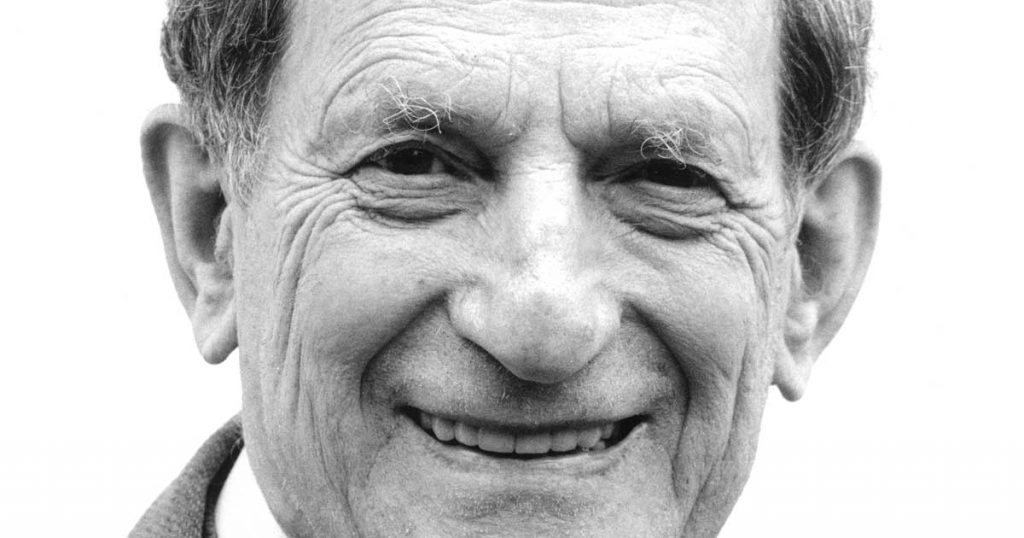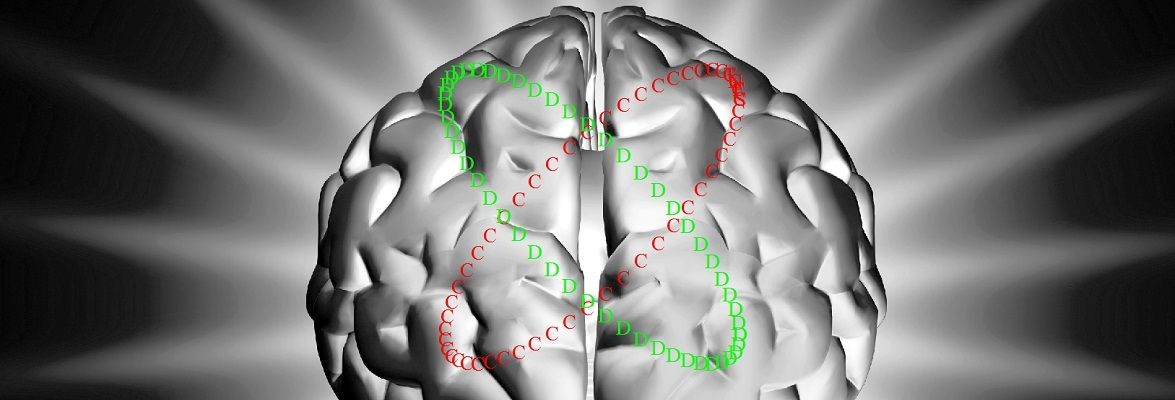(This is the second blog post in a series on human and artificial creativity. You can read the first post here.)
The “founders” of AI, John McCarthy and colleagues, described creativity in terms of “…randomness…guided by intuition…” in their proposal for the Dartmouth summer seminar on Artificial Intelligence in 1956. Their conjecture was that the creative process had to possess some kind of controlled randomness. This description captures two important and opposing aspects of creativity which I will return to in these blog posts on my way to explore Artificial Creativity, or AC.
Many artists, writers, composers, scientists and others have experienced the randomness of creativity, how inspiration comes and goes. Although this random nature of creativity is hard to understand, many have discovered, perhaps somewhat accidentally, that special conditions or external factors seem to trigger creativity. Take for example Pablo Picasso who found inspiration in his muse, Marie-Thérèse Walter, or Albert Einstein who discovered that campus park walks made his thoughts wander, often bringing new ideas to follow up in the office. Hence, there appears to be ways to stimulate, nurture or even control creativity despite its random nature, but still it is a bit like magic, sometimes it is there, sometimes it’s lost.
And even more magic is the so-called eureka moment, the mysterious flash of enlightenment, named after Arcimedes’ legendary moment of insight in the bathtub. This is the sudden insight, seemingly appearing out of nowhere, where an imaginative picture of the solution to a long nagging problem is flashed before the mind’s eye.
Study after study have been conducted in order to unravel the secrets of creativity, to describe the circumstances when it is at play and to figure out whether people have different potentials when it comes to creativity. Various tests, like the Torrance Tests of Creative Thinking, have been developed to measure factors that are believed to correlate with creativity, like the level of divergent thinking, or better known as the ability to think outside the box.
Scientist of modern neuroscience and psychology have been using brain scans like EEG or fMRi to shed light on the processes behind creativity and the eureka moment and which brain regions and neural networks that are involved, but we still lack a deep understanding of the hidden cognitive processes behind creativity in general, as well as the mysterious eureka moment.
Perhaps statistical theory may be a way forward to unravel some secrets of creativity? After all, the creative thought with its random appearance is obviously the result of stochastic (random) cognitive processes in the brain, and stochastic processes are well studied in the field of statistics, as part of stochastics theory. Statistics is the tool for dealing with and understanding random phenomena! Conscious and unconscious, associative processes appear to be at the core of creativity in general, and even of the eureka moment. Well known properties of stochastic processes and statistical theory may be useful to understand the processes of creativity, especially if combined with knowledge from neuroscience and a portion of philosophy. Furthermore, a statistical understanding of creativity can even give insight into whether AC might become the next leap of Artificial Intelligence (AI).
However, we cannot discuss AC without some kind of initial understanding of the phenomenon of human creativity. For instance, how is human creativity defined; in arts, in philosophy, in psychology or even in science? As it appears, the general understanding of creativity is quite overlapping in all these areas. Much has been written about the nature of creativity, but from a philosophical point of view, the thinking of the physicist and philosopher David Bohm is perhaps still among the most insightful reflections made. His views are also starting to find support in modern neuroscience.

As a scientist Bohm was well known with the scientific methods, and to him artistic creativity and scientific progress were tightly connected. Just as science typically proceeds through the two stages of 1) hypothesis generation, and 2) deductive reasoning and experimental testing, Bohm argued that a creative process also contains two main stages, and he referred to them as 1) insight, and 2) fancy. Bohm divided each of these further into two subtypes, the imaginative and the rational insight or fancy.
«The works must be conceived with fire in the soul but executed with clinical coolness.»
Joan Miró
This quote by the spanish painter Miró expresses exactly these two parts of the creative process. My interpretation of Bohm is that the first stage, insight, describes how novel ideas or insights develop through an open process of divergent thinking, either consciously (rational insight) or unconsciously (imaginative insight), where the latter is what we may call an Eureka moment. The second stage of fancy describes a more deductive process, where insights are explored and hammered out into matured ideas, innovative products or theories, either by semi-conscious unfolding (imaginative fancy) or through fully conscious and focused reasoning, prediction and evaluation (rational fancy). As Einstein in a moment of imaginative insight had seen the higher order that could join the pieces of theory, a new phase of creativity came into play, namely deducing the impact of the new insight on physics in general. The process of hammering out the theories and predictions following his new insight took focused attention and collaboration.
The stages of insight and fancy of Bohm describes different stages in a creative process, but does not define creativity per se. What separates a creative thought from any other thought? In psychology a common understanding of creativity is simply that: creativity is novelty that works. That is, a creative act or idea must, of course, represent a certain level of novelty, but everything new is not necessarily creative! There must be something more. Somehow it has to work! In science it must withstand empirical tests and expand knowledge within a field of research, in art it must produce some engaging response in the spectator, and in music it gives the listener the chills, a good feeling of harmony, or perhaps dancing feet! From this we can say that creativity is exploration of the unknown in order to learn something new and useful. A «novelty that works» should contribute to expanding our horizons.
Human creativity may thus be understood as a two-stage process. First an open, divergent mind-wandering into the unknown, which often is semi- or unconscious, and which generates hypotheses about new structure or order. The steps into the unknown may be careful or bold, short or long. There are no limiting rules at this stage. Your imagination sets the limits. However, the usefulness of the new idea or order is evaluated at the second stage, during which one may ask: What does it imply? Does it work? Does it predict the future? Is it rewarding? If so, the new idea may be accepted, just as a scientific hypothesis is retained unless deduced predictions do not hold up against empirical evidence. As articulated by Joan Miró, this stage may require clinical coolness, a clear and focused mind to refine and evaluate the new idéa or hypothesis. Typically, short steps into novelty are more likely to be accepted than long. Just as flickering on an existing scientific theory is more likely to pass a review process than a call for a new paradigm. However, it’s the latter which in retrospect stands out as truly ingenious and creative. Hence, there appears to be different levels or types of creativity. This is a topic I will come back to in a later blog post.
David Bohm also describes creativity as a process that brings order and structure into chaos, like Einstein who introduced his new order in physics with his theories of relativity. Throughout life we learn how to handle randomness and variability that exists in our environment, but the creative way of discovering order or structure is not the way we mostly experience learning in school, namely by supervision, where a teacher brings order into chaos by putting things into a structure for us. On the contrary, creativity is rather an example of unsupervised learning. In statistics unsupervised learning means that a ‘truth’, often called the gold standard, is unknown. In the absence of a gold standard chaos must be boldly explored and new order must be discovered, by ourselves.
However, without any guidance with regard to the nature of the unknown order, the search is likely futile. Some assumptions must be made about the properties of the unknown. Just as unsupervised learning in statistics relies on assumptions like the probability distribution of data, the level of entropy (order and disorder) or the number of unknown categories to be found. John McCarthy pointed at intuition as one guide for creativity, although this leaves us the open question of ‘what is intuition?’. David Bohm on his side states that scientists, and artists alike, seek a sense of wholeness, harmony or beauty in their work.
[…about creativity]…, I suggest that there is a perception of a new basic order that is potentially significant in a broad and rich field. The new order leads eventually to the creation of new structures having the qualities of harmony and totality, and therefore the feeling of beauty.
David Bohm, in On creativity
I think Bohm and McCarthy both point to similar control mechanisms that are involved in order to limit the stochasticity of the divergent thought during the stages of the creative process, namely our personal or common notions of what feels right, what is normal, what is within ethical standards, or relevant and interesting, or, say, according to common sense or being commonly acceptable. Our control functions are our biases, inherited or learned, narrow or wide, conscious or unconscious. These are our learned abstractions and our internal models of how the world is and how it will evolve. It is the hierarchical structures of biases we use to deem some new idea as useful or not. They represent our frames of reference, helping us to bring order into chaos, to survive…., and to be creative.
To sum up we might say that creativity is a process that fluctuates between order and chaos, between searching for novelty and evaluating usefulness, between randomness and control. Bohm points out that the creative process is a continuous iterative process moving back and forth between stages of insight and fancy, and to tie it all together, each stage of insight and fancy involves different levels of randomness and control. Imaginative or rational insight is characterized by high stochasticity and low control, whereas the opposite is the case for imaginative or rational fancy. In the next blog posts of this series I will use the framework of statistics to investigate controlled randomness of creativity, as John McCarthy put it, back in 1955.


